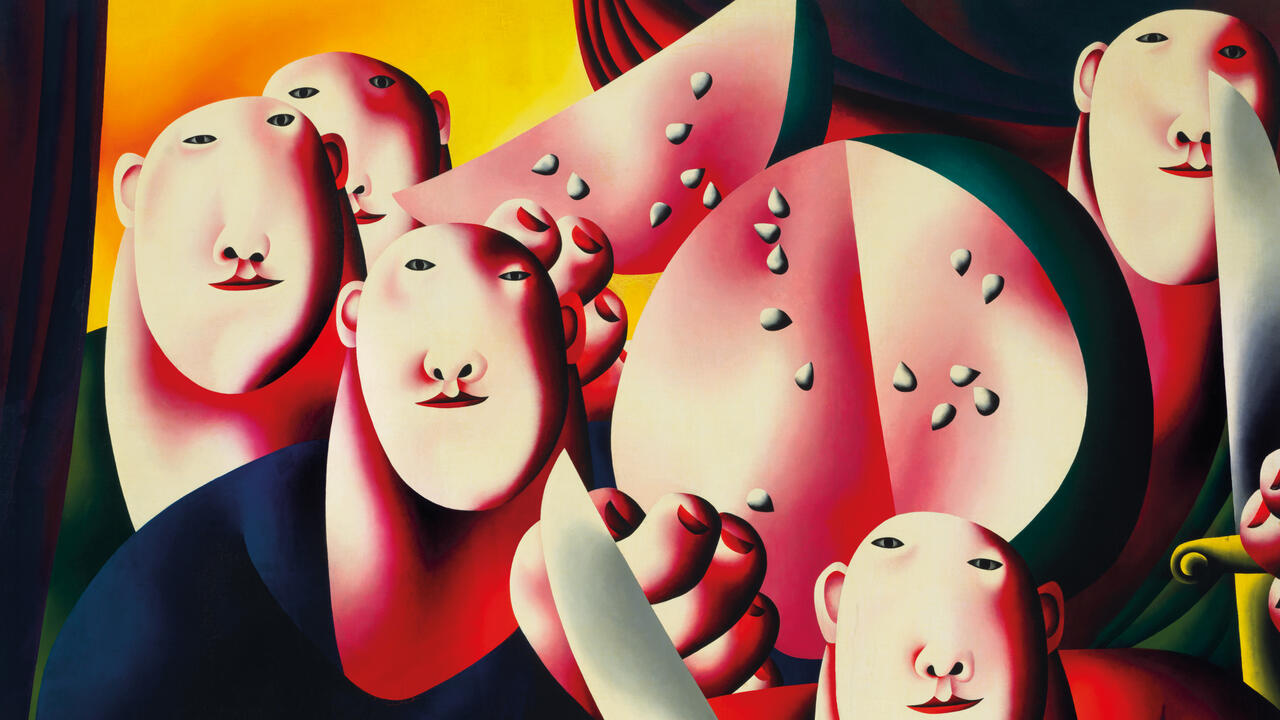The Most Popular Tree in Russian Art
The influence of Isaac Levitan’s 1897 painting Spring, High Water on 20th-century film
The influence of Isaac Levitan’s 1897 painting Spring, High Water on 20th-century film

Sometimes, a birch tree is just a birch tree. In Russia, however, birches have long been not only vital material resources (their bark used for baskets and shoes; their wood carved into furniture) but also powerful folk symbols of purity, femininity and fertility. In the 19th century, the Russian intelligentsia’s fascination with such traditions coincided with the rise of landscape painting. As interactions with Europe grew (through trade, travel, culture and war), debate raged over Russia’s identity and destiny: to ‘catch up’ with modern Europe or to stand uniquely apart? For those on both sides of the argument, the countryside came to be regarded as a repository of true Russianness and viewing landscape painting became a way for urban intellectuals and landed aristocrats alike to identify with their Russian homeland (rodina). And, as a reference familiar to all Russians – from the royal House of Romanov to the peasantry – the birch tree offered the possibility of a shared national identity.
Isaac Levitan’s Spring, High Water (1897) is one of the most celebrated depictions of this most commonplace of trees. From an early age, it was apparent that Levitan was an artist of rare talent. He was just 17 when his father, a railroad worker, died. Orphaned and homeless, he could no longer afford his studies at the Moscow School of Art. But, recognizing his potential, the school waived his fees and provided him with a stipend for materials. There, Levitan became great friends with the writer Anton Chekhov, whose brother, Nikolay, was a fellow student. Levitan’s technical prowess and his ability to imbue unprepossessing Russian landscapes with a powerful emotional charge saw his reputation quickly blossom.
Spring, High Water is a late work and one of Levitan’s most influential. Between the viewer and the watery horizon, most of the painting’s middle ground is composed of birch trees, their slim verticality emphasized by reflections in the seasonal floodwater. The composition is gently sinuous, framed by a curving line of land to the left and a bending birch to the right. A wooden boat in the foreground and wooden huts in the distance provide the only traces of human presence. This humble scene could be anywhere in rural Russia – and that was precisely the point. Although aware of Impressionism (Levitan visited Paris several times), he was never content to capture light for its own sake. Levitan’s limited colour palette and deliberately modest subject matter sought to evoke an authentically Russian sense of place, distinct from the superficial attractions of European landscapes.
Levitan’s significance has lasted well beyond his lifetime. In the USSR, Socialist Realism drew on the 19th-century landscape aesthetics advocated by artists such as Levitan. In cinema, his work has been equally important. Earlier this year, the Jewish Museum and Tolerance Centre in Moscow held an exhibition entitled ‘Isaac Levitan and Cinematography’, which traced his influence upon cinematographers from Sergei Eisenstein to Andrei Tarkovsky.
One famous example is Mikhail Kalatozov’s classic Soviet war movie The Cranes Are Flying (1957). The hero, Boris, is sent off to war, where he is shot and killed in a wood. Around him, as he dies, the land is a sea of mud, birch trees reflected in the knee-deep water. The composition exactly mimics Spring, High Water. Boris died on Russian land, defending his nation from European invaders. And he did so in the name of a country whose identity had been defined, to no small degree, by the paintings of Isaac Levitan.
This article first appeared in Frieze Masters issue 8 with the headline 'Spring, High Water'.























